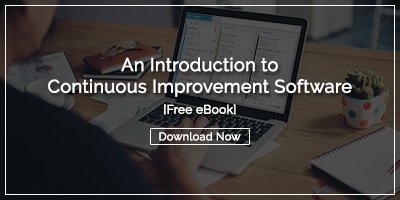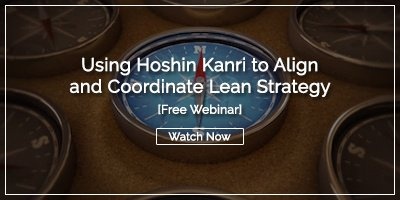 The Lean business management methodology prizes an optimized flow of value to the customer with as little waste as possible. Waste is defined as anything that the customer would not volunteer to pay for. Lean practitioners have identified eight types of waste and work tirelessly to find and minimize them.
The Lean business management methodology prizes an optimized flow of value to the customer with as little waste as possible. Waste is defined as anything that the customer would not volunteer to pay for. Lean practitioners have identified eight types of waste and work tirelessly to find and minimize them.
Lean is a popular approach across many industries because it is easy to understand and effective at improving business results when it is properly executed. Lean got its start in manufacturing, but today is used in healthcare, construction, software development, retail, professional services, education, and other industries.
Specialized Lean project management software has been developed to help organizations dedicated to the approach get the most out of it. Every organization has its own reasons for investing in technology to support Lean, but most find three substantial advantages.
Structured Improvement
Lean project management software provides a single platform to manage improvement work across the entire organization. This results in one version of the truth where everyone can find the latest information and updates. There’s no need to waste time managing multiple versions of a spreadsheet or search through email for a recent note.
The software becomes a repository of knowledge for the organization. The history of every project is maintained so that people can learn from what’s worked in the past. New employees can be brought up to speed quickly and educated about current and past improvement work.
The solution becomes the place to review the current state and future plans for any process. All documents, such as Standard Work and value stream maps are stored online and associated with related projects and operations.
Employee identified opportunities for improvement are also collected in the system for review and execution. Because access is universal, every employee becomes engaged in Lean and both top-down, and bottom-up improvement is managed.
Accelerated Improvement
Lean project management software helps companies speed up the pace of improvement in a number of ways. One of the most important is workflow management with notifications and alerts. When a new improvement opportunity is identified, managers are instantly notified of the need for review. If a due date is missed, the assigned resource and management are notified so that the issue can be quickly resolved. People don’t have to remember to log in to check the status of improvement work, the system brings critical information to their attention.
Another way to accelerate improvement is to measure and broadcast success. When people see that Lean work is having a measurable impact on business results and that the people responsible for it are recognized and rewarded, they are more likely to meaningfully contribute themselves. Improvement measurement that demonstrates positive outcomes also makes it easier for leaders to justify increasing resources devoted to lean and invest more heavily in the tools and time necessary to support it.
Aligned Improvement
The most effective organizations use Lean techniques to align improvement work to strategic goals. This approach, known as strategy deployment or Hoshin Kanri, ensures that everyone is working toward the key three to five-year breakthrough goals of the organization.
Lean project management software allows leaders to cascade goals down from the top to the individual level so that every person knows how their work will impact the bigger picture. When an opportunity for improvement is identified, it can be prioritized based on the strategic goals and objectives.
Although Lean is not an individual performance management methodology, including improvement in individual assessment is an important way to increase engagement.
Many of the most impactful improvement projects require cross-functional collaboration. Lean project management software removes the friction that often occurs between functional areas by providing a universal platform for documentation and communication. It also creates a common language and helps embed improvement in the culture.
Project management software won’t ensure success with Lean, but it goes a long way toward creating a foundation that supports your team’s efforts. It’s worth considering the options that will work for your organization.




Add a Comment